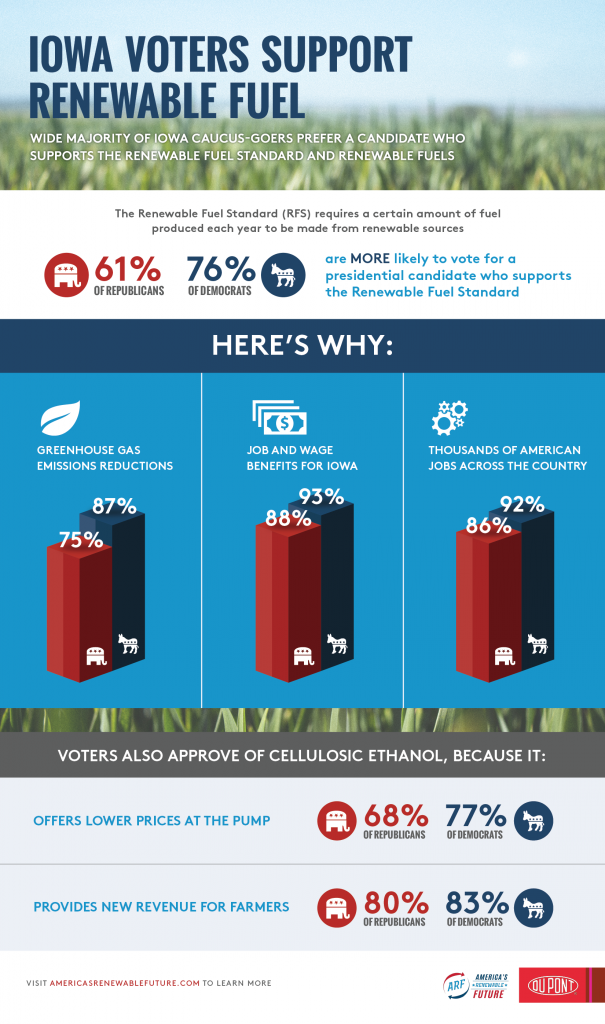Funding has been secured for the Redstone Concentrating Solar Power (CSP) project in Northern Cape, South Africa by the Overseas Private Investment Corporation (OPIC). The group has made a $400 million commitment of debt financing for the project, that is part of Secretary John Kerry’s Climate and Clean Energy Investment Forum. The project also supports President Obama’s Power Africa initiative to bring power access to more than 600 million sub-Saharan Africans currently living without power. The CSP facility will be developed by U.S.-based SolarReserve and ACWA Power.

The first of its kind in Africa, the Redstone Solar Thermal Power Project features SolarReserve's world-leading molten salt energy storage technology in a tower configuration with the capability to support South Africa's demand for energy when it's needed most – day and night. The 100 MW project with 12 hours of full-load energy storage will be able to reliably deliver a stable electricity supply to more than 200,000 South African homes during peak demand periods, even well after the sun has set. (PRNewsFoto/SolarReserve)
The 100 MW Redstone project will be connected to the South African national grid. The solar plant will Using SolarReserve’s CSP technology, Redstone’s molten salt storage capability will deliver consistent baseload electricity, even after the sun sets. This is a critical development in a country where frequent power outages have been cited as an obstacle to economic growth.
SolarReserve’s CEO Kevin Smith said the project marks an important technology advancement for Africa in clean, renewable power. He also noted that the project’s delivered electricity price is the lowest of any CSP project in the country to date.
Patrick Gaspard, U.S. Ambassador to South Africa, said of the news, “We are excited about the progress forged by OPIC and these private sector leaders on the Redstone project. It’s a priority for South Africa and regional neighbors to diversify their power production beyond traditional energy sources, including a greater share of renewables, efficiency improvements, and energy storage capabilities. The U.S. stands by South Africa as a partner, and working together with agencies like OPIC and great U.S. companies like SolarReserve, we can increase sustainable access to electricity, a foundation linked to overall lasting economic growth.”








